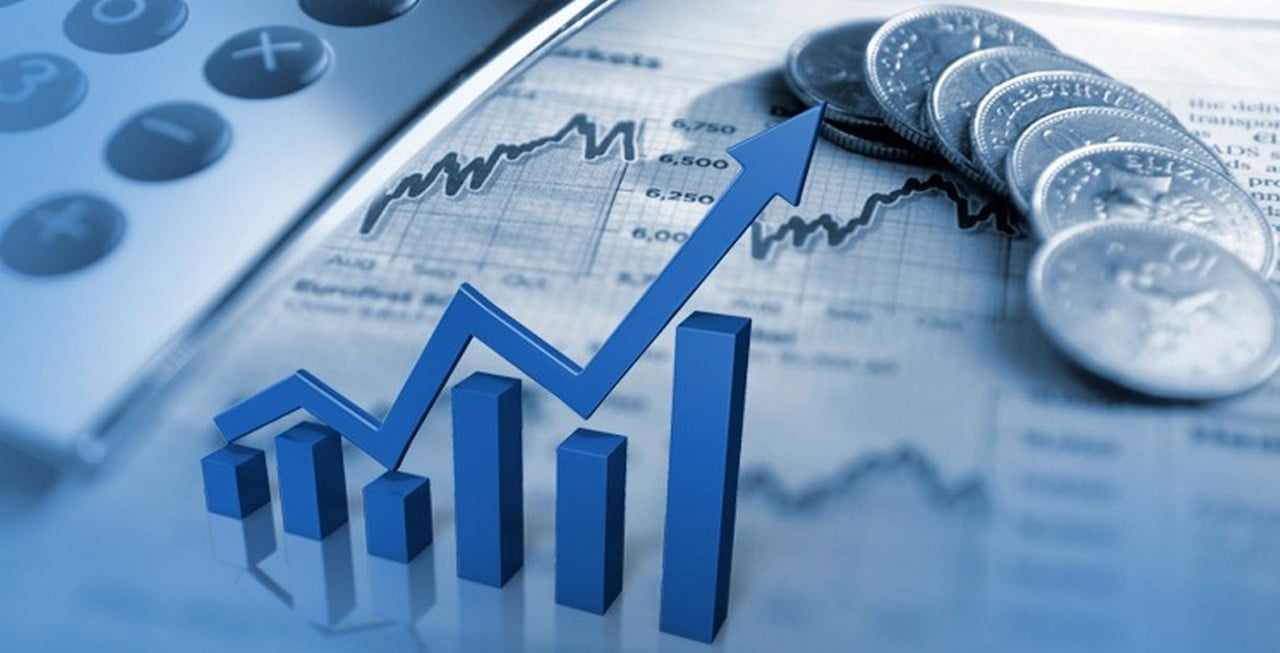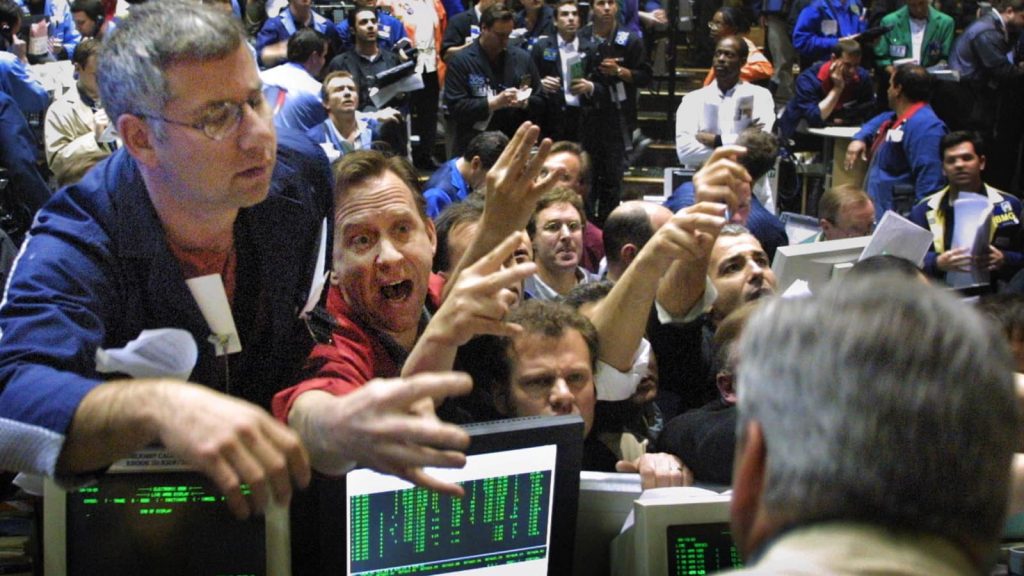
Introduction to the Capital Market
We will address questions and uncertainties that beginners may have and explain the basic concepts in the capital market. We will delve into investment strategies, portfolio management, technical and fundamental analysis, and instrument selection. We hope you find this information enjoyable to read and that each piece of information serves as a starting point in the world of trading.
Most of our focus will be on the US capital market, but we will also touch upon others. We will discuss the domestic market and the regulations that need to be followed when investing your capital.
General Overview of the Capital Market…
The market is a public place where supply and demand intersect.
Supply and demand relate to specific instruments or trading objects. The market can be a physical market or a modern electronic market (such as NASDAQ). Markets differ in terms of organization, trading objects, and the regions in which they operate. Stocks, currencies, bonds, options, various funds, commodity exchanges, and futures are all instruments that are traded on the market, whether they are being bought or sold. Nowadays, every developed country has its own capital market.
The global capital markets are the United States, Asia, and Europe, where trading with various financial instruments can take place literally 24 hours a day. The advantage of a global exchange is that you can trade on multiple markets with a single account. For example, you can be present in Hong Kong, NYSE, AMEX, NASDAQ, CBOE, XETRA, LSE…
On all exchanges, depending on the represented financial instrument, you can trade options, stocks, currencies, bonds, and commodities. We will provide more information about each financial instrument in future texts.
Markets differ in terms of liquidity and illiquidity. When we say that a market is liquid, we mean the trading volume of instruments that occurs on that market, i.e., how strong the supply and demand are. The more liquid a market is, the smaller or larger the difference between the bid and ask price (spread). Liquidity and volatility greatly depend on the companies listed on a particular exchange.
Volatility is also the fluctuation of an instrument in the market, the movements of the instrument’s price up or down within a certain period. Generally, the term volatility is used to describe the frequency of price movements of any financial instrument (stocks, currencies, etc.).
The individuals who determine the initial trading price of a financial instrument are commonly known as market makers or specialists. All of this takes place on the exchange where market makers or specialists establish the initial price at which trading will occur.
An exchange is a specialized and highly organized market where various standardized and categorized financial instruments are traded according to strict rules.
Each market has its own characteristics, including the mode of organization and regulation, trading hours, types of instruments traded, participants in trading, types of orders, execution methods, liquidity, and volatility.
The traditional method of determining market liquidity involves assessing the total volume or number of transactions and the total financial turnover on a market or exchange, as well as the difference between the best bid and ask prices (bid-ask spread) and the trading speed within a unit of time. Additionally, liquidity depends on various other macroeconomic and market financial indicators of the trading instrument itself.
One of the most popular markets is the Chicago Mercantile Exchange (CME), where trading and communication between buyers and sellers occur in a unique way using hand signals.
This place is commonly referred to as the trading “PIT”.

For more information, you can visit www.cme.com to access the complete communication.
One of the largest centralized markets today is the New York Stock Exchange (NYSE). The NYSE is home to approximately 3,000 companies, including large established blue-chip companies as well as medium and small companies.
Companies listed on the NYSE, such as Coca-Cola (KO), have maximum three-letter symbols. At the NYSE, there are usually two or more individuals working for each company. They are the specialist and their trading assistant.
The specialist is responsible for the overall trading in a particular stock and has specific duties and privileges. Their obligations include maintaining liquidity, executing client orders, and ultimately trading for their own account. They must perform these duties in the exact order. The trading assistant assists the specialist with order entry and control; when the specialist is on a break, the assistant takes over control. The assistant is not allowed to enter large orders for execution. A floor broker is the third party on the NYSE who trades for their own account or for the accounts of private clients. If you want to buy any stock on the NYSE, you need to contact your local broker, who then forwards your order to an NYSE floor broker. The NYSE is one of the largest auction markets in the world.
Companies listed on the NASDAQ, on the other hand, have four or more letters in their stock symbols. The NASDAQ (National Association of Securities Dealers Automated Quotations) is one of the largest decentralized markets in the world (the largest electronic market) and lists approximately 3,000 companies. The NASDAQ is a large interdealer network where all brokers and dealers are connected with their computers. The central NASDAQ computer is located in Rockville, Maryland. Unlike the NYSE,
the NASDAQ is not as physical in nature. For each company listed on the NASDAQ, there is at least one market maker responsible. They ensure that the stock is always liquid, meaning there are participants on both the buy and sell side. The market maker largely determines the initial stock price.
In general, regardless of the market you trade in, there is potential for profit in any liquid instrument that is the subject of trading. You need to choose a specific type of instrument and trade that instrument.

